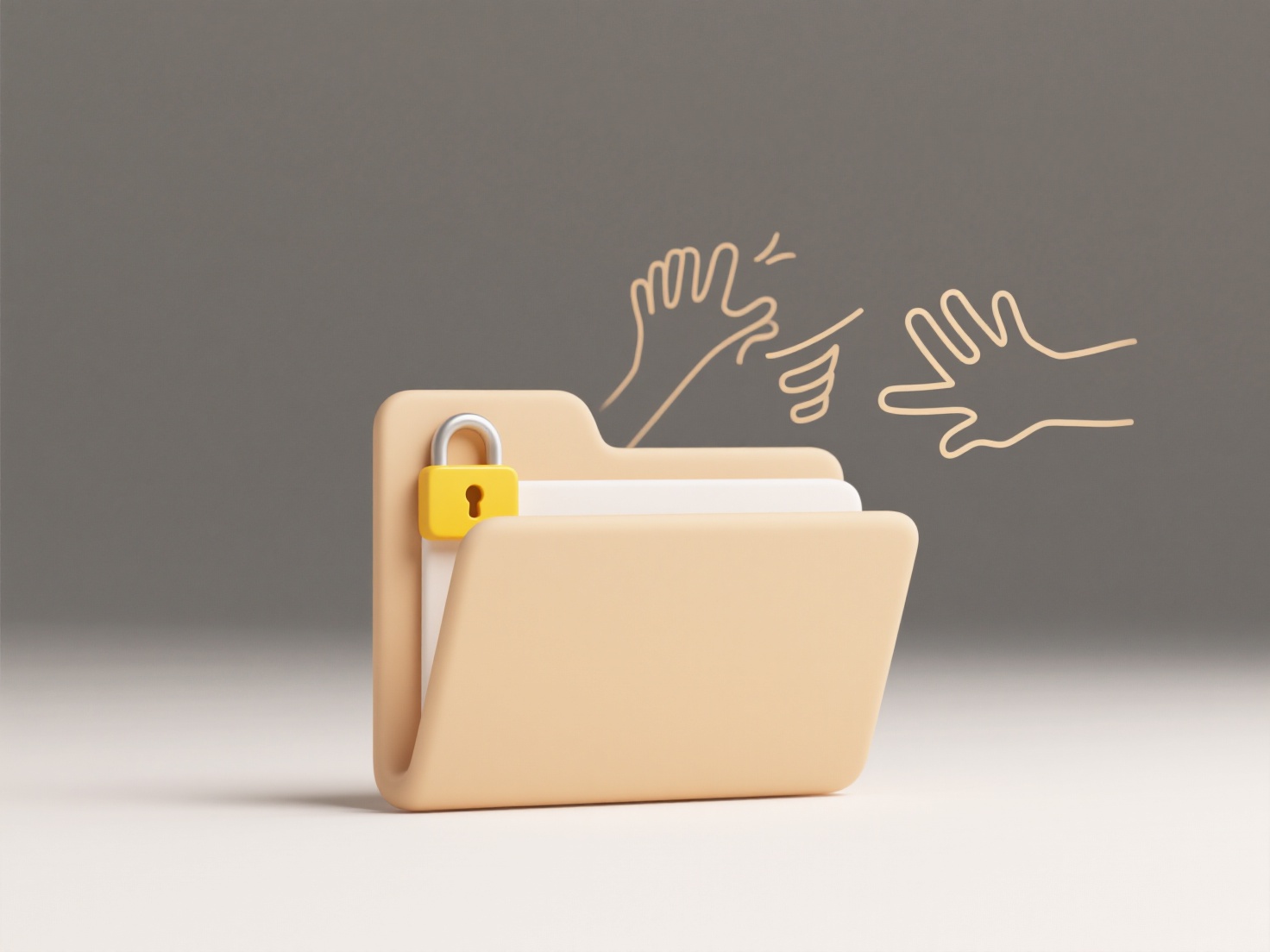
To prevent creating duplicate files when copying and pasting, understand the difference between copying and moving actions. Copying creates a new identical file in the target location while leaving the original intact. Moving (cut/paste) transfers the original file to the new destination without duplication. Use 'Cut' (Ctrl+X / Command+X) followed by 'Paste' (Ctrl+V / Command+V) instead of 'Copy' to relocate files without extra copies. This method is distinct from copying because it removes the source file.

For example, use 'Cut and Paste' when reorganizing photos within your Pictures folder to avoid multiple identical image files. When transferring a report from your PC's Documents folder to a USB drive, cutting and pasting moves the single file instead of leaving a copy behind. Most operating systems like Windows, macOS, and Linux file managers support this move action inherently.
Moving files saves storage space and reduces clutter but requires caution—incorrectly cutting without pasting risks data loss if interrupted. Some cloud sync services (like OneDrive or Dropbox) might create versions during moves. Moving files between different physical drives may sometimes behave as a copy-and-delete operation depending on system settings. Future advancements may offer more intuitive user prompts to clarify file operation consequences.
How do I prevent copy/paste actions from duplicating files?
To prevent creating duplicate files when copying and pasting, understand the difference between copying and moving actions. Copying creates a new identical file in the target location while leaving the original intact. Moving (cut/paste) transfers the original file to the new destination without duplication. Use 'Cut' (Ctrl+X / Command+X) followed by 'Paste' (Ctrl+V / Command+V) instead of 'Copy' to relocate files without extra copies. This method is distinct from copying because it removes the source file.

For example, use 'Cut and Paste' when reorganizing photos within your Pictures folder to avoid multiple identical image files. When transferring a report from your PC's Documents folder to a USB drive, cutting and pasting moves the single file instead of leaving a copy behind. Most operating systems like Windows, macOS, and Linux file managers support this move action inherently.
Moving files saves storage space and reduces clutter but requires caution—incorrectly cutting without pasting risks data loss if interrupted. Some cloud sync services (like OneDrive or Dropbox) might create versions during moves. Moving files between different physical drives may sometimes behave as a copy-and-delete operation depending on system settings. Future advancements may offer more intuitive user prompts to clarify file operation consequences.
Quick Article Links
Does Wisfile support folder structure preservation during sorting?
Does Wisfile support folder structure preservation during sorting? No, Wisfile does not preserve your original folder ...
How do I organize folders for training materials?
Organizing training materials involves structuring folders logically for easy access and management. Key principles incl...
What is the best format for naming daily exported logs?
Daily log export naming should follow a consistent pattern incorporating the date and key identifiers like system or env...